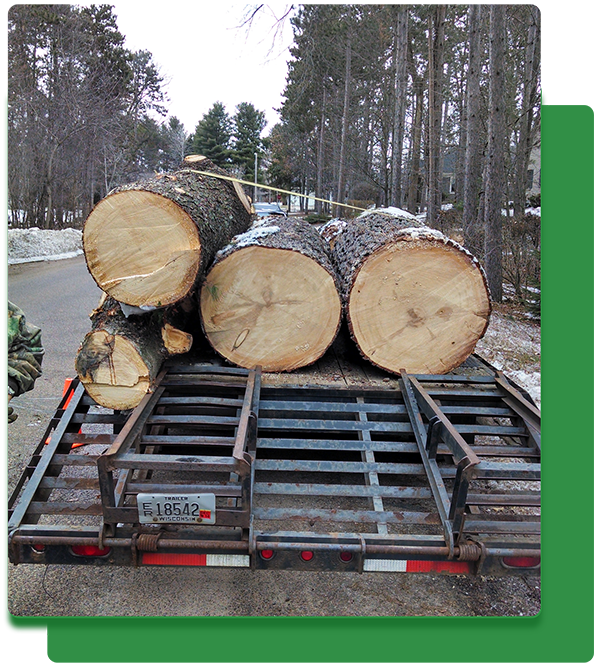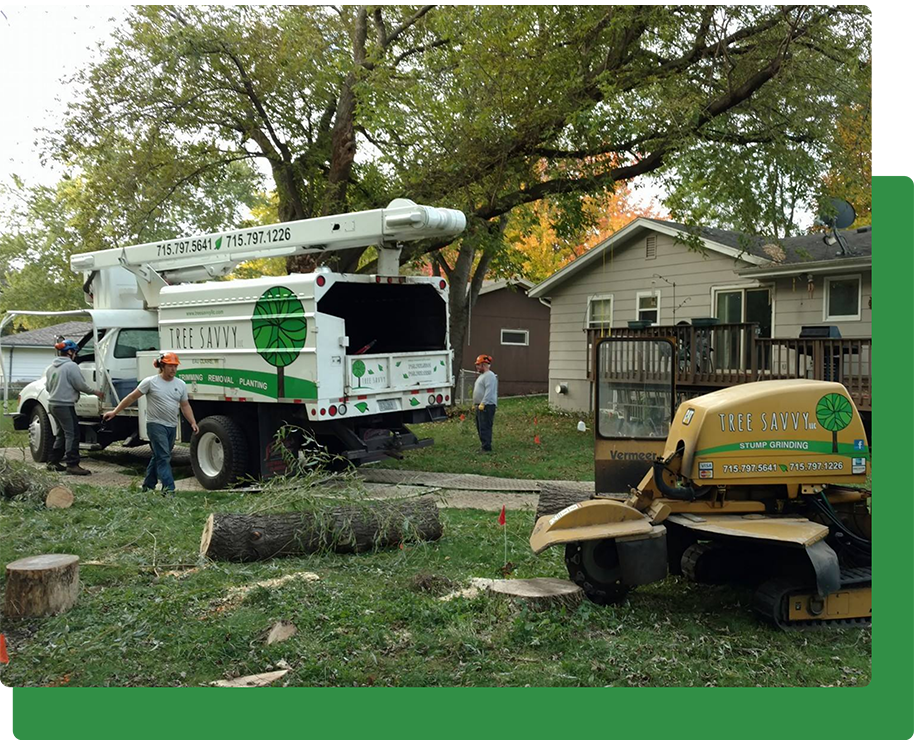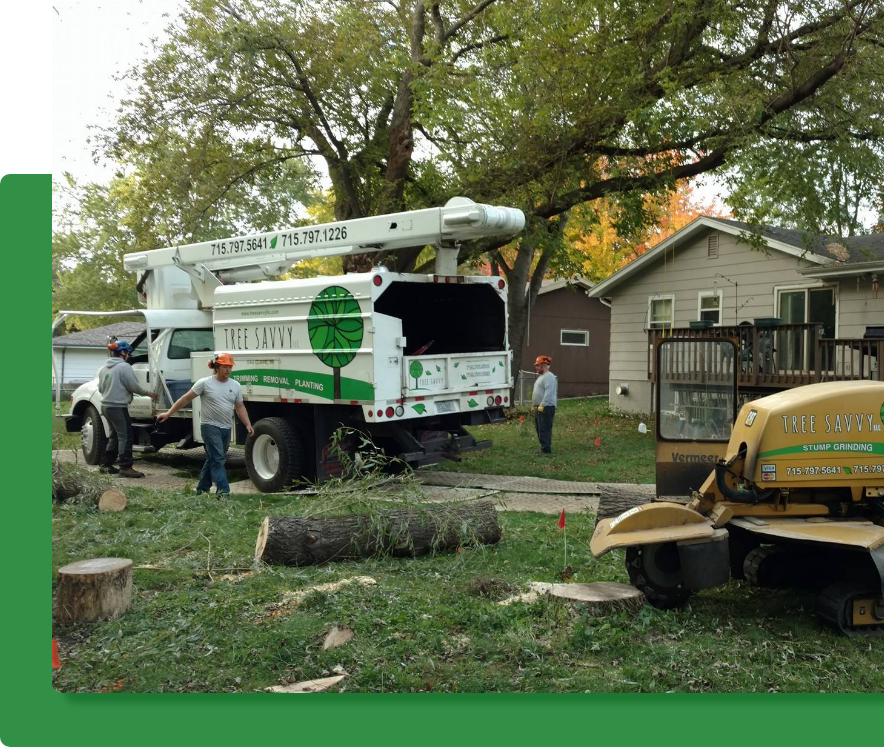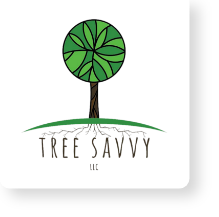
Bronze Birch Borer
The Bronze Birch Borer (Agrilus anxius) is native to North America, and dates back to the late 1800’s. As its name suggests, the Bronze Birch Borer (BBB) attacks almost all native and non-native Birch trees, and has been reported in much of the northern half of the United States and southern portions of Canada from Newfoundland to British Columbia.
The Bronze Birch Borer is a slender insect, with adults measuring 1/4” – 1/2” in length, and are easily recognized by their metallic brown/copper wings. Similar to the Emerald Ash Borer, the effects of BBB can be hard to detect, with symptoms often presenting themselves several years after an initial infestation.

The BBB is an opportunistic insect, thriving in trees that are weakened or stressed by agents such as drought, soil compaction, root injury, other insects, and old age. The adult beetles cause relatively little damage, but the larvae feed on a layer of tissue (xylem) which is responsible for the movement of water and minerals within the tree. This disruption in the conductive properties of the xylem can lead to a symptoms such as:
- Canopy die-back, often beginning in the center and highest point of the tree
- Leaves on infested branches will be stunted, yellow, or show marginal chlorosis in May or June
- Small “D” shaped exit holes
- “S” shaped galleries located under the bark caused by the insect larvae

Means of Mitigation
Because the Bronze Birch Borer (BBB) thrives on compromised trees, the most effective method of managing the BBB is prevention through proper practices to maintain the overall health of the tree. Such practices include:
- Watering during drought
- Mulching 2-4 inches of wood chips or shredded bark under the drip line
- Minimizing damage to the root zone that could cause root injury and stress
- Removing any affected tissue (pruning select limbs)
- Avoid pruning birch trees during the peak flight period of the BBB females. (Generally May 1 to July 1.)
More direct options for treating against BBB include:
- Curative and/or annual preventative soil-applied insecticide (Xytext 2F)
- Soil-applied growth regulator (Cambistat) to promote root growth, in turn bolstering the overall health and vigor of the tree
For trees showing more than 30% canopy die-back, treatment may not be recommended. In this case, removing the tree altogether may be the best course of action to prevent any unnecessary/additional property damage and/or continued spread of the insect.
